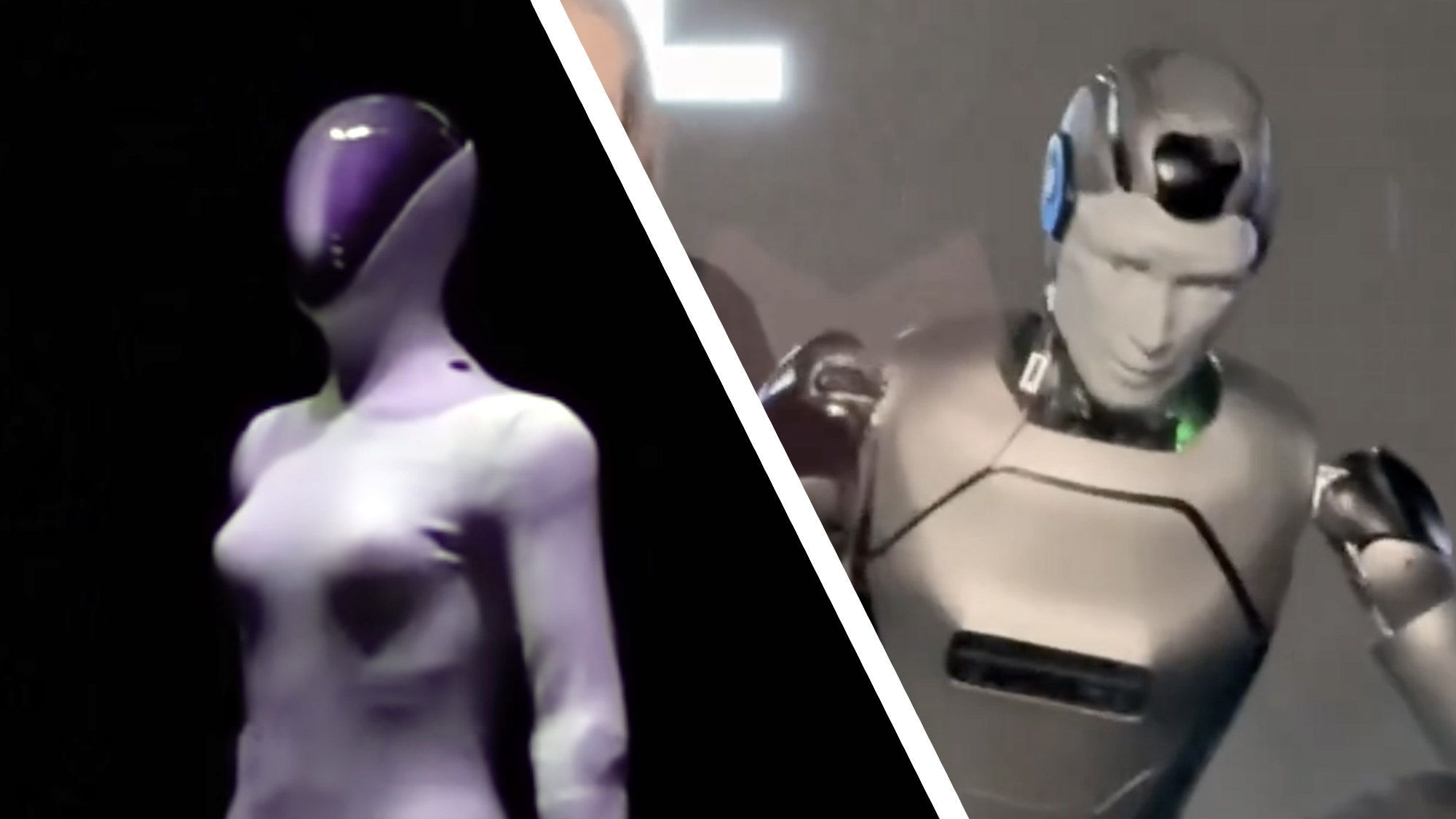
Nearly two decades ago, Eliot Horowitz launched a company with a couple of cofounders that would be pivotal in the early days of big data, helping to create more scalable solutions, lower costs and also reducing the need for deep technical expertise needed in setting up big and messy databases. The company, which would eventually become MongoDB, also gave greater power to the developer community who leveraged the open source model to help iterate and make the product better.
Today, Horowitz hopes to apply many of the ideas that helped make him successful in big data to the world of robotics. With newest company, Viam, he is building a platform he believes will enable software engineers to more easily create and iterate software stacks for robotics and automation systems, a space where the tools to build great software are, in Horowitz’s words, “not great”.
I had heard about Viam because the company’s technology is underlies that of Gambit Robotics, a company building a vision guidance system for the kitchen. In fact, Gambit is also led by Horowitz (as well as former Google AI lead Nicole Maffeo), as a sort of a startup within a startup. In fact, Horowitz and Viam are building other vertically focused solutions on top of Viam for commercial kitchens, boat sanding, fishing and more.
I decided to catch up with Horowitz to talk to him about his move into robotics and how he sees the world of robotics development changing over the next decade. You can read an abbreviated interview below and listen to the entire conversation on The Spoon Podcast. Answers below have edited slightly for clarity.
Why did you decide to get into robotics?
And towards the end of 2020, I was frustrated with how hard it was to bring robotics projects and other hardware projects to fruition and how to make them real. And if you talk to other software engineers, their experiences were not great.
One of the topics you’ve discussed is the critical technology gap between software and the physical world of engineering. How does your new company address that?
What we really saw in this space was that a lot of interesting research had been done over the last 30 years in hardware. Batteries, motors, and robot arms have all gotten much better.
At the same time, the way people build software applications now is completely different from what it was 20 years ago. And a lot of what we saw in the hardware space is things that hadn’t been changed in a while. And it’s different, because with a robotics project, it’s both a big software project and a big hardware project. And when you have tools in the software space that don’t mesh with the hardware tools, and don’t mesh with the robotics and automation side of it, everything gets messy and just doesn’t work.
And so we said, ‘Great, what we’re going to do is we’re going to build a platform that lets engineers actually bring these projects to life.’
In the early days of the Internet, creating a website was not very easy until platforms like WordPress came along. Are you essentially making a WordPress for robotics?
It’s a really great analogy. We joke that if you dropped AWS into the hands of a Perl developer in 1998, they wouldn’t know what to do with it. We’re trying to make that same leapfrog happen in robotics. Wwe want to go from where building a robotics project is an enormous undertaking, where you have hundreds of engineers, to where you can actually build a legitimate production hardware project with real robotics and AI with an actual startup-sized budget.
What did you learn from building one of the world’s most popular database platforms in MongoDB that you are applying to your new startup?
What made Mongo great was we built an incredibly great community that we listened to almost to a fault for a long time around making sure that they were able to build exactly what they wanted and get things done
There are not enough engineers building in this space. And if we can enable more and more engineers to build in this space and really build a platform, lots of people will work together and build great things, and that’s when things get really interesting. It’s our job to enable them to do it and to show them what’s possible so that you can get a million people coming up with really cool ideas and actually bringing them to market. That’s what made Mongo great, and that’s the same thing we want to do here.
Oftentimes the time and the capital needed to bring a robot to market is just years and years and hundreds of millions of dollars. Do you believe you will shorten those timelines and reduce the capital costs by significant degree?
By orders of magnitude. What I see a lot in the robotic startups that haven’t worked is their inability to get to a somewhat interesting proof of concept (POC) that happens pretty quickly. All the engineering you have to do to make it real ends up taking years and years and years. The other big thing we see is the sheer amount of iteration time. Going from one version to the next version takes way too long.
When you can actually iterate fast, when you get a new version, and then another version, when you can test really quickly, or even iterate with users live, that’s when magic happens. And how do you bring that to the robotic space? That’s what we’re really focused on is, how do you bring that iteration time down? How do you get the proof of concept to production time dramatically down?
There are approximately 30 million software engineers worldwide, and most of them are intimidated by working with hardware. Hardware engineers typically have not had great experiences working with software engineers. It just hasn’t gone great over the last 30 years. We’re trying to completely bridge that gap so you can get hardware engineers and software engineers working together in a much more tightly knit sort of cycle and that changes everything.
What do you think about the work on humanoid robotics for the kitchen?
I’m skeptical of that. But a robot arm embedded into the back wall of my kitchen that could manage everything on the stove for me, that could stir things and add some ingredients at the right time or lower the temperature on a burner, that would be really useful. That doesn’t require any breakthroughs. We have the technology and we have the software that we could do today. So there’s a lot of middle steps (to a humanoid) that I think are very practical, very interesting, and can actually move the needle forward very quickly.
You can listen to the full interview by clicking play below or on Apple Podcasts or Spotify.













